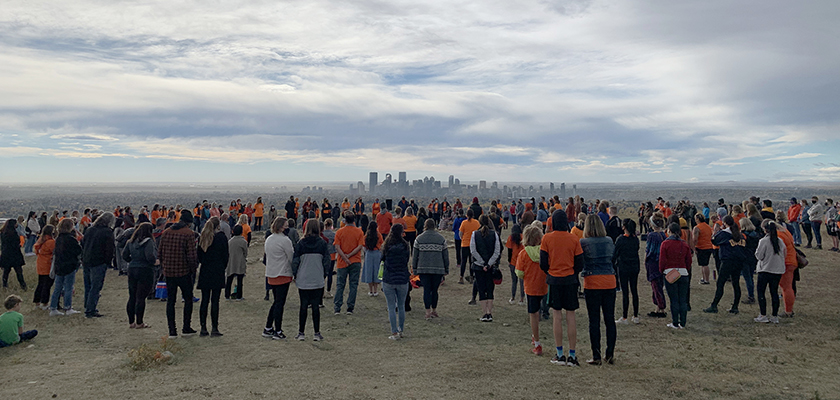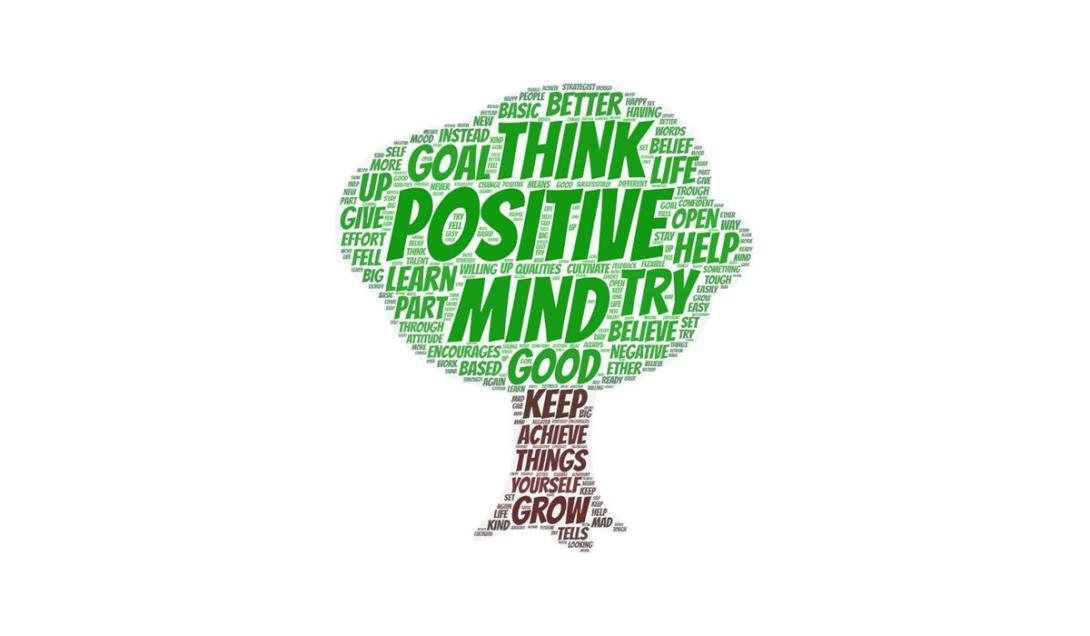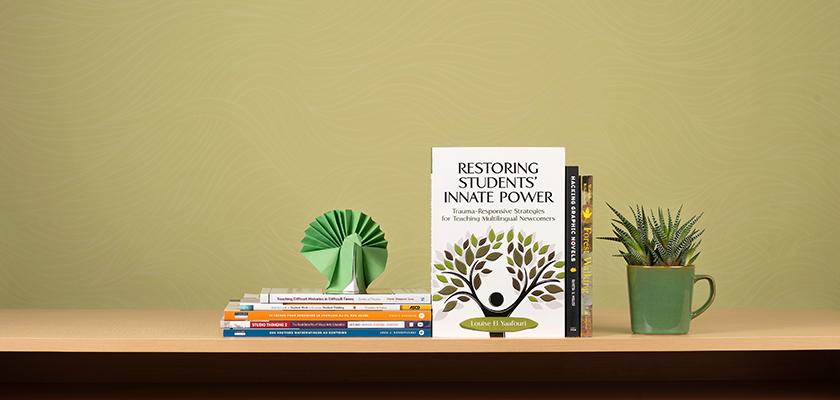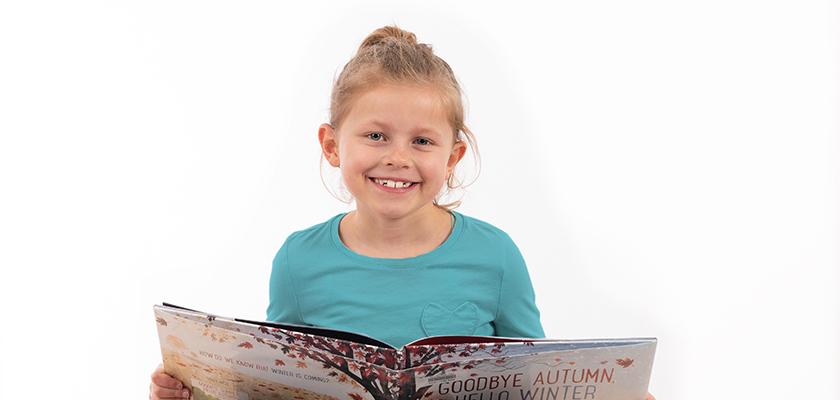I was raised in a tiny house in a rural area near Quesnel, B.C. — “the bush,” as we call it — on the Métis homeland but away from my parents’ home community of Fishing Lake Métis Settlement. My father did not believe in taking out bank loans so our new and bigger house that sat on the same two-acre lot was built paycheque by paycheque. My dad, who could not swim a stroke and was afraid of water, worked as a “river rat” on the fast-flowing, murky Fraser River. My mother worked part-time as a housekeeper for a wealthy British family in the downtown area and I often wondered what that much wealth and prestige felt like.
Still, I rejoiced in the freedom of my childhood — making forts with my brothers, climbing far too high in towering pine trees, and heading down to the nearby lake with our inflated tire tubes during storms so my brothers and I could ride the whitecapped waves.
As a child, I loved school. School was my happy place, my safe place, a place where I could dream, imagine, learn and flourish. It was a haven from the chaos that would unexpectedly and periodically invade my childhood home. School became a refuge and a place where I could strive to make my life better. I carried this same ethos with me when I enrolled in education at a post-secondary in 1996 with three small children at home, and now as an associate professor in education. It is these very different stories I think about when asked what it is like to be an Indigenous teacher leader in Alberta.
Being Métis means I am teaching hard truths from a place of knowingness and vulnerability that I can feel in my throat and in the pounding of my heart.
As a teacher educator, I have devoted my life to bringing Indigenous truths to others. I realize my passion for teaching came from lessons I received as a young child playing underfoot at Indigenous (then called Native) political gatherings with my parents. I have many childhood memories of listening to and absorbing the ways of the Indigenous world—the art of debating, political strategizing and the power of advocacy – while playing on the floor at these gatherings and seated around the family dinner table. My passion for doing what is right was engrained early on and is now brought into my present-day teaching and learning practices.
Here in Alberta, I am continually shocked at how little people know about the Métis. Alberta is the only place in Canada with eight land bases, or settlements, set aside for the Métis. This should be a point of pride for Albertans. Yet, time and again, I hear people say “Oh, I didn’t know!”
Encountering this un-knowingness over and over is a constant reminder of how much work still needs to be accomplished before we can ever hope that racism will end. Ignorance, after all, breeds racism. The erasure, ignoring and suppression of Métis voices and presence in K–12 classrooms represent a form of symbolic violence that ensures our truths remain cloaked and unheard. Education is the only way to break this cycle.
By serving as an active member of the Alberta Métis Education Council and on the Rupertsland Centre for Métis Research, I am acutely aware of these ongoing issues and the next challenges coming our way, be it funding delays, a damaging curriculum, or the longstanding struggle to be fully recognized as one of Canada’s three Indigenous groups. These community roles allow me to experience a sense of community when I am feeling overwhelmed and alone in the day-to-day struggles.
Being an Indigenous teacher leader also means I am called to speak up — always remembering that my voice must speak for the collective good. As Métis, we have a proud and terrifying lineage of those who spoke their truths and were demonized, and even executed, for this act. This includes people like my great-great grandfather, Pierre Poitras, who sat on the Provisional Government with Louis Riel and who was, according to Métis lawyer Jean Teillet, “brutalized” by the colonizers.
Others, such as Jim Brady, Malcolm Norris, Joe Dion, Felix Calliou and Peter Tomkins, made possible the establishment of Métis settlements here in Alberta, yet their advocacy remains either unknown or hidden behind colonial half-truths. I look to the venerable Métis matriarch and truth-teller Maria Campbell, who spoke her truth, our truths, in the novel Half-breed in 1972. My role, then, as a Métis educator is to speak these truths. I often say that I have no right asking someone to do something if I am not willing to do it myself. So, I show up and speak up when that is what is needed.
In my teacher educator role, I bring my willingness to face challenges along with my love of learning into my classes. Being Métis means I am teaching hard truths from a place of knowingness and vulnerability that I can feel in my throat and in the pounding of my heart. Looking out at the sea of faces who are there to learn so they can teach better, I know I have to stay brave while keeping a spirit of kindness intact. The wrong word, gesture or mood can upset the delicate balance of learning and teaching difficult truths from a place of strength and vulnerability. The thrill of meeting this learning challenge reminds me of my childhood days where I found the courage, coaxed by my brothers, to make it to the highest branches of the pine tree to build something new.
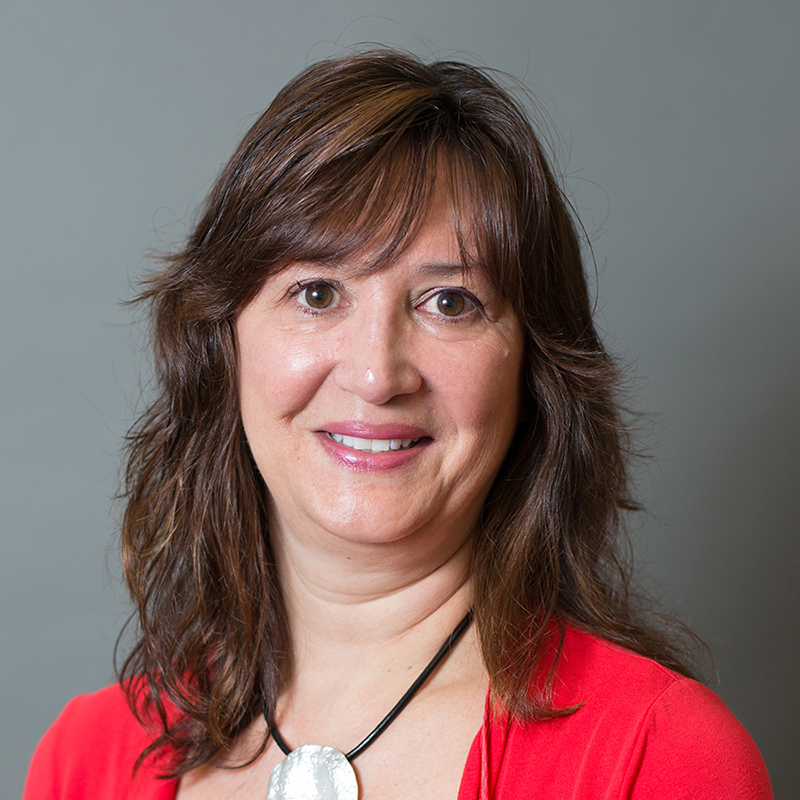
Métis Nation of Alberta (Red River Michif) Fishing Lake Métis Settlement Associate Professor, Werklund School of Education, University of Calgary
Read more
View the entire digital issue of the ATA Magazine
See the latest issue